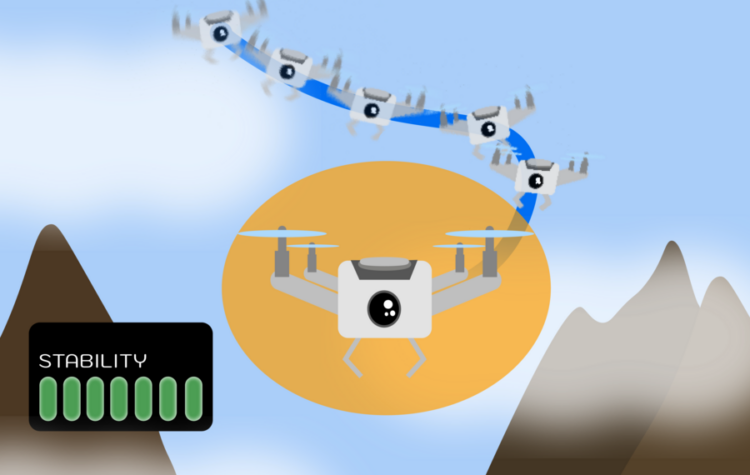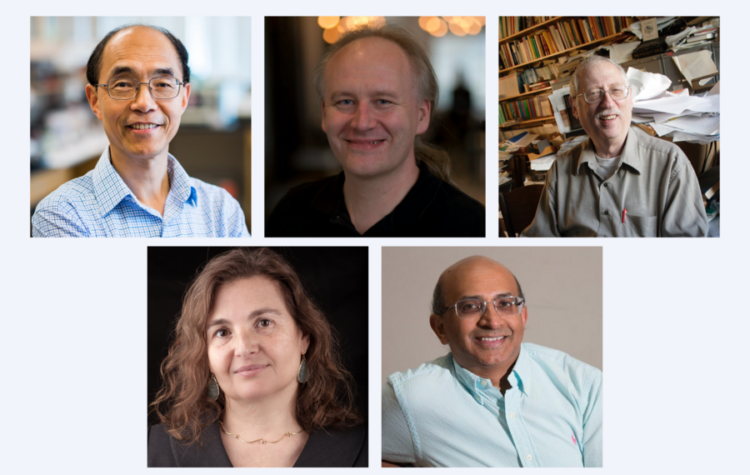
The “PRoC3S” method helps an LLM create a viable action plan by testing each step in a simulation. This strategy could eventually aid in-home robots to complete more ambiguous chore requests.

As the Director of MIT’s Computer Science and Artificial Intelligence Laboratory (CSAIL), Rus leads over 1,700 researchers in pioneering innovations to advance computing and improve global well-being.

MIT CSAIL researchers used AI-generated images to train a robot dog in parkour, without real-world data. Their LucidSim system demonstrates generative AI’s potential for creating robotics training data.

Inspired by large language models, researchers develop a training technique that pools diverse data to teach robots new skills.

Combining next-token prediction and video diffusion in computer vision and robotics
A new method can train a neural network to sort corrupted data while anticipating next steps. It can make flexible plans for robots, generate high-quality video, and help AI agents navigate digital environments.

A new algorithm helps robots practice skills like sweeping and placing objects, potentially helping them improve at important tasks in houses, hospitals, and factories.

Neural network controllers provide complex robots with stability guarantees, paving the way for the safer deployment of autonomous vehicles and industrial machines.

With generative AI models, researchers combined robotics data from different sources to help robots learn better.

Ranking at the top for the 13th year in a row, the Institute also places first in 11 subject areas.

Guoping Feng, Piotr Indyk, Daniel Kleitman, Daniela Rus, Senthil Todadri, and nine alumni are recognized by their peers for their outstanding contributions to research.